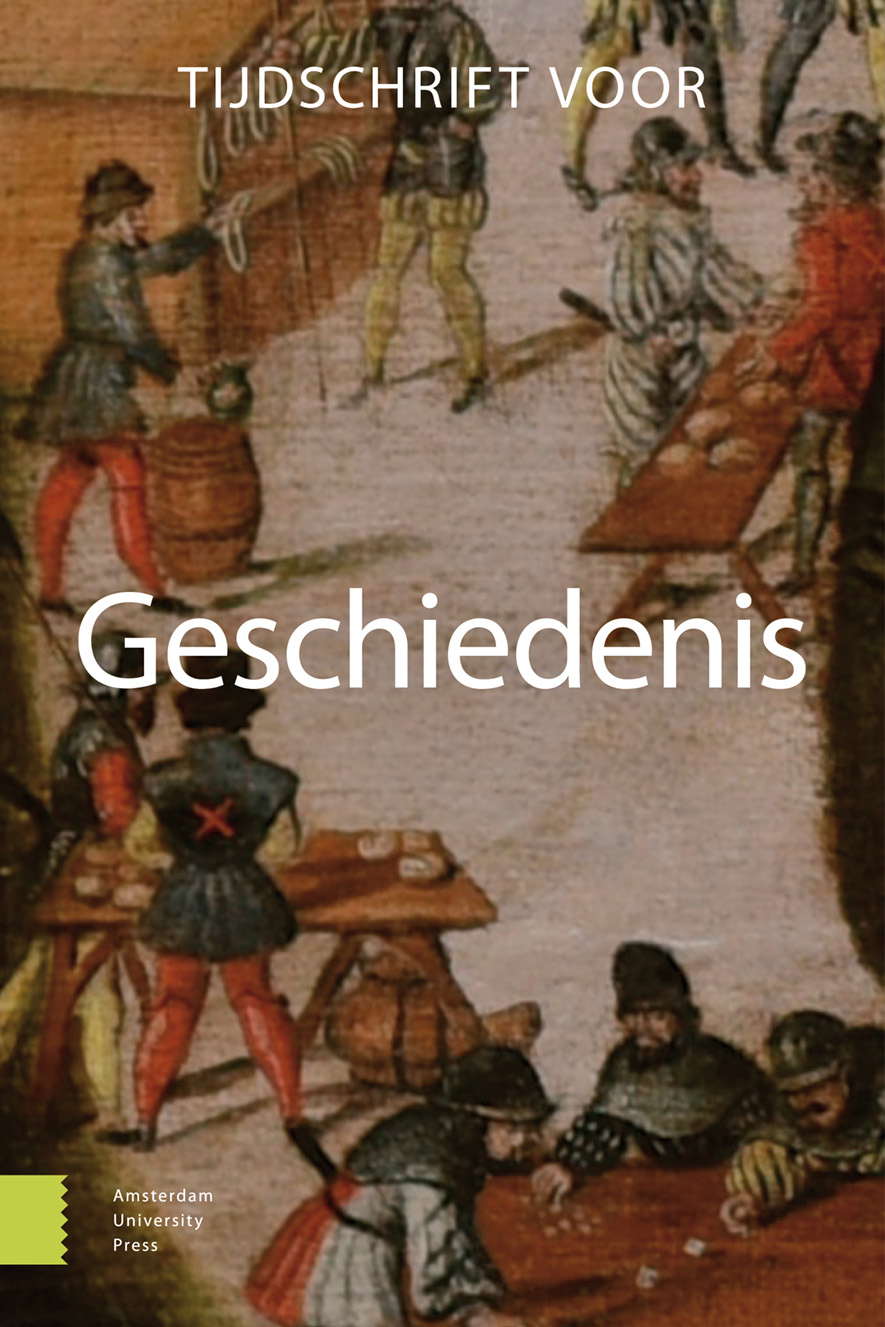-
oa Het huis van Europa?
Akens Karolingisch erfgoed en de Duitse herinneringscultuur
- Amsterdam University Press
- Source: Tijdschrift voor Geschiedenis, Volume 132, Issue 3, 2019, p. 423 - 443
-
- 01 nov. 2019
Samenvatting
The House of Europe? Aachen’s Carolingian heritage and the German collective memory
Due to its history as the centre of the Carolingian Empire and the coronation city of the Holy Roman Empire, Aachen’s heritage was appropriated by nineteenth and twentieth century German nationalists. It was used by the Wilhelminian and the National-Socialist regime as a symbol of German pride. After the Second World War, this image became untenable. In this period Aachen’s Carolingian heritage was stripped of its nationalist connotations and became a symbol of European integration and a UNESCO world heritage site. The transition of Aachen Cathedral from a symbol of the German nation to a symbol of international peace and solidarity exemplifies a broader trend of internationalization of Germany’s heritage that must be seen against the backdrop of the German government’s ambition to play an active role in the process of European integration and a general shift in Germany’s collective memory.


